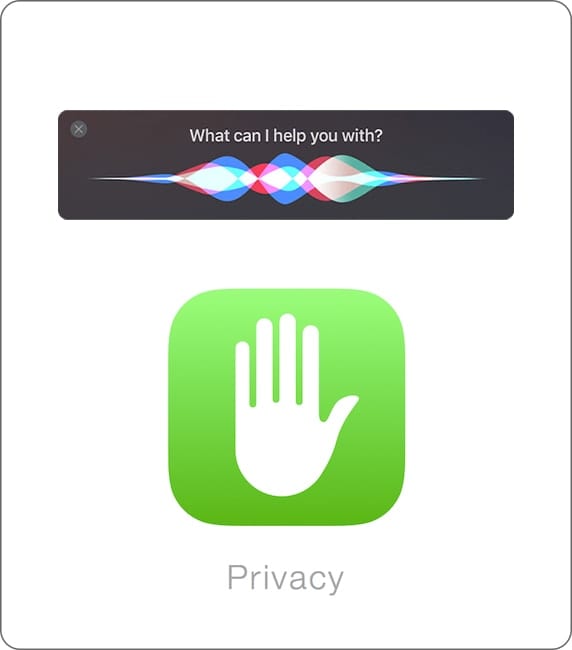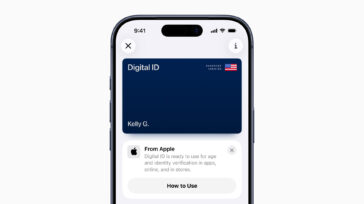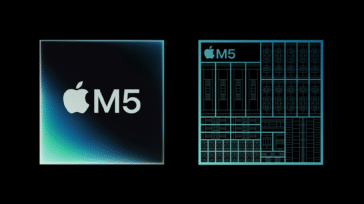
During its “Far Out” event Apple unveiled its latest iPhones, including the new iPhone 14 and a new large-screen iPhone, the iPhone 14 Plus.
The new non-Pro iPhones look very familiar to their iPhone 13 predecessors. However, there are notable improvements under the surface.
Here’s everything you need to know about the new devices.
How big is the iPhone 14 Plus?
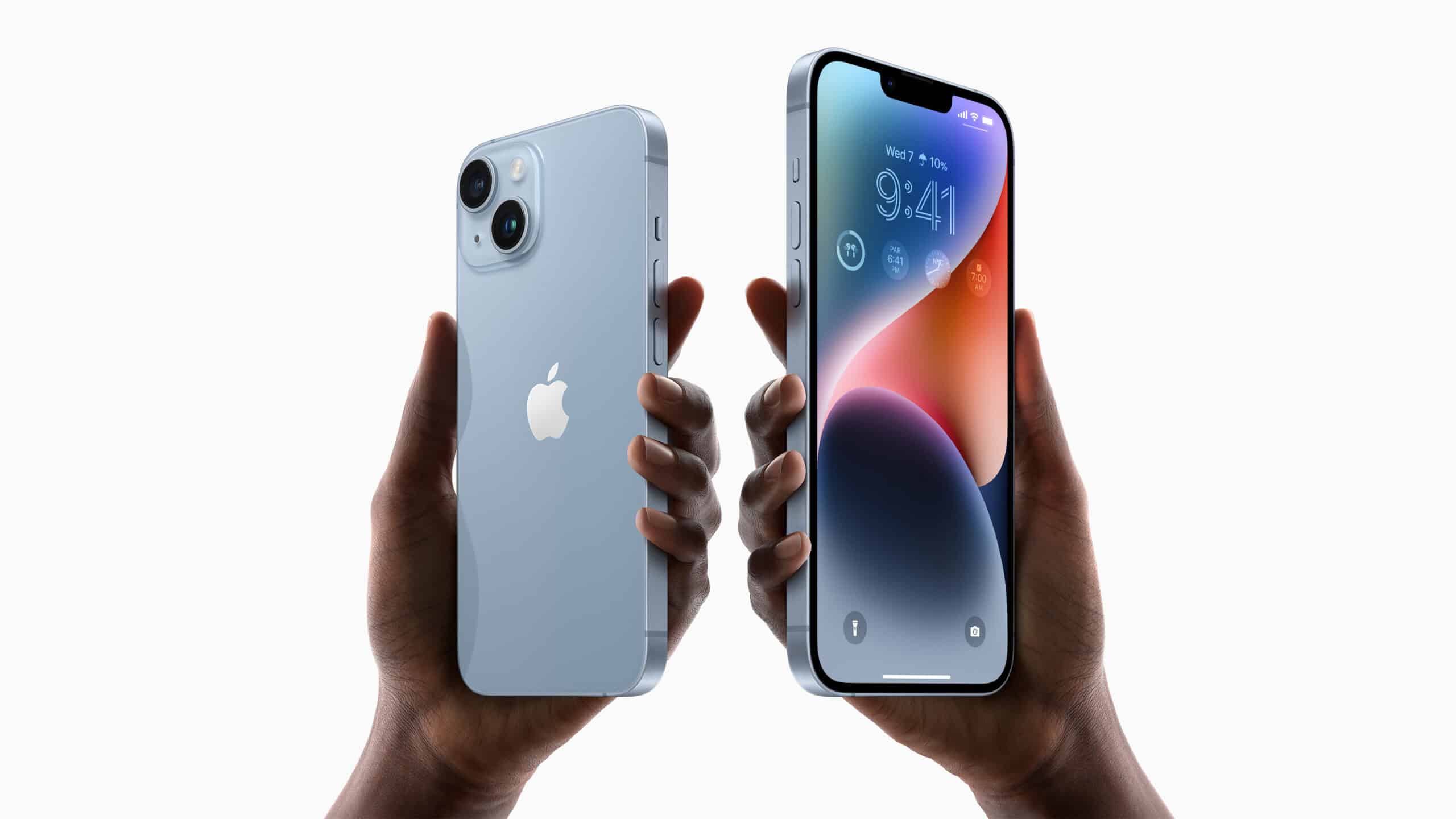
The new iPhone 14 Plus features a 6.7-inch display—the same display size that has previously been reserved for the pricier iPhone Pro Max models.
Obviously the larger display provides more room for typing, navigating the iPhone UI, watching videos, and playing games. Even better, the display is a Super Retina XDR OLED panel with up to 1,200 nits of peak HDR brightness, support for Dolby Vision, and more. It is protected by Apple’s Ceramic Shield front cover technology.
How big is the iPhone 14?
The iPhone 14 features the same 6.1-inch display size as the previous generation iPhone 13. Like the iPhone 14 Plus, the display is a Super Retina XDR OLED panel with up to 1,200 nits of peak HDR brightness and the Ceramic Shield coating.
Did Apple discontinue the iPhone mini?
With the absence of a mini option in the iPhone14 lineup, it appears the iPhone mini is no more.
Reports of poor sales of the mini model stretch back all the way to the release of the iPhone 12 lineup in 2020, and Apple has responded by removing the smaller device in favor of the new iPhone 14 Plus.
Does the iPhone 14 Plus get better battery life than the iPhone 14?
Because of the iPhone 14 Plus’ larger size, Apple says the iPhone 14 Plus boasts the best battery life of any iPhone to date.
How much does the iPhone 14 cost?
The iPhone 14 starts at $799. It will be available for pre-order Sept. 9 and will release on Sept. 16.
How much does the iPhone Plus 14 cost?
The iPhone 14 Plus starts at $899. For those interested in a larger display, this should be a welcome price point as the only way to get an iPhone in this screen size before was with the $1,100 Pro Max model.
The iPhone 14 Plus will be available for pre-order Sept. 9 and released Oct. 7.
What colors do the iPhone 14 and iPhone 14 Plus come in?
The iPhone 14 and iPhone 14 Plus will be available in Midnight, Starlight, Blue, Purple, and Red.
Is the iPhone 14 camera system better than the iPhone 13?
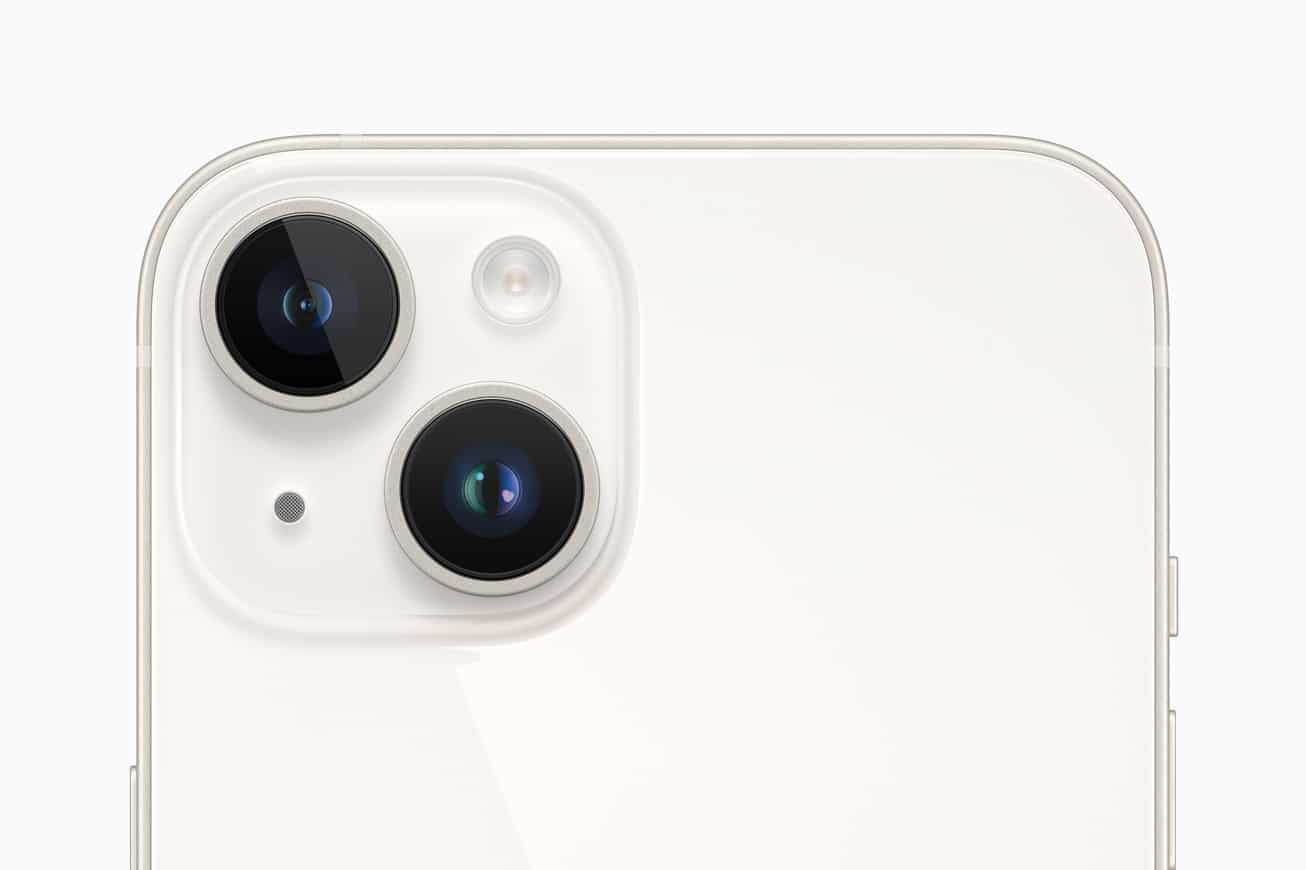
Apple has implemented a new camera system into iPhone 14 with notable improvements to both the 12MP main camera and the new 12MP TrueDepth front-facing camera.
The new main camera is improved with a larger sensor and a larger f1.5 aperture. These improvements amount to what Apple says is a 45% improvement when shooting photos in low light. The new sensor also features sensor shift optical image stabilization (OIS) and performs twice as fast as the iPhone 13 when shooting Night Mode shots.
Meanwhile, the front-facing camera is now 12MP and for the first time features autofocus. And while Apple didn’t announce any improvements to the ultra wide camera on the iPhone 14 and 14 Plus, they did announce an improvement called a Photonic Engine.
What is the Apple Photonic Engine?
The Photonic Engine is an enhanced image pipeline within the iPhones 14 that result in dramatic improvements to low-light photos, Apple says.
The new feature applies the same computational benefits in found in Apple’s Deep Fusion computational photography algorithm, but does so earlier in the imaging process. This results in better detail, the preservation of more subtle textures, better color processing, and the preservation of more information in the image file.
Because of the Photonic Engine, Apple says mid- to low-light shooting has seen 2x improvements on the front and ultra wide cameras, while the main rear camera has received a 2.5x bump in performance.
What new video features are on the iPhone 14 and iPhone 14 Plus?
The larger sensor and aperture of the main camera will also improve video shot on the new iPhone 14 and iPhone 14 Plus. Beyond that though, Apple has also added a new video mode called Action Mode.
Action Mode is a way to stabilize your video without the need of a gimbal. It uses the full sensor to crop out any juddery movement, resulting in a smoother result.

Apple has also improved its Cinematic Mode for video. Introduced with the iPhone 13 lineup, Cinematic Mode was previously capped at 1080p resolution. Now you can opt for 4k at either 30 fps or the cinematic standard 24 fps.
What processor is inside the iPhone 14 and iPhone 14 Plus?
Apple has placed the A15 Bionic chip at the heart of the iPhone 14 and iPhone 14 Plus. This chip was introduced with last year’s iPhone 13 Pro models and represents a shift in strategy that Apple is taking with which chips it places in which phones.
Moving forward it looks like the Pro phones and their premium pricing will be further differentiated from the standard models by remaining one generation of Apple silicon ahead. As such, the new iPhone 14 Pro and Pro Max are powered by the A16 Bionic.
However, the A15 Bionic at the heart of the iPhones 14 is still a very fast chip. Despite it being Apple’s previous gen silicon, Apple says its remains faster than any of the latest smartphone chips from other manufacturers.
A15 Bionic features:
- 5-core GPU is 18% faster than the A15 found inside the iPhones 13
- 6-core CPU with 2 high-performance cores and 4 efficiency cores
- 16-core neural engine
- Image signal processor
In short, the A15 Bionic is likely more than most folks need out of a phone processor, and will keep the iPhones 14 running for several years of new iPhoneOS updates.
How Does Crash Detection Work on iPhone 14 and iPhone 14 Plus?
For the iPhone 14 and iPhone 14 Plus, Apple spent considerable time developing two impressive new safety features. The first one we’ll discuss is Crash Detection.
Apple developed a new high dynamic range gyroscope and a new dual-core accelerometer, enabling the iPhone 14 models to detect G-forces up to 256Gs. With this capability, the new iPhone models can detect a severe car crash.
If a car crash has occurred, the iPhone displays a message that if no response is input, emergency services will automatically be contacted. This same functionality is also found on the new Apple Watch Series 8 and Apple Watch Ultra thanks to the fact that the watches also feature the new gyroscope and accelerometer necessary to detect a crash.
Can the iPhone 14 and iPhone 14 Plus connect to satellites?
The second major safety feature incorporated into the new iPhones is called Emergency SOS via satellite. Apple has been working on this one for a while because fitting the technology needed to communicate with satellites moving at 15,000 miles per hour above the Earth is a complicated matter.
The new feature establishes an off-grid connection between your iPhone and satellites hundreds of miles above the Earth. Because this connection works best with clear view of the sky, it’s a feature designed for emergencies that occur outdoors. For instance, you’re hiking in a place with no cellular signal and you fall and injure yourself.
Apple developed custom components and software to connect the iPhone 14’s antenna to the unique frequencies satellites employ. When connecting to a satellite, the iPhone shows you exactly how to hold your phone and where to point it to ensure it’s facing the current position of the satellite you’re connecting to. It’s a pretty impressive feat of engineering.
The bonus of this satellite connectivity is that it’s also useful outside of emergency situations. Apple has integrated the satellite connectivity into Find My, allowing you to share your location with friends and family even when you’re off the grid.
Apple says the feature won’t launch until November 2022. The company is including the service for free for two years with each iPhone purchase. The company didn’t say how much it would cost if you keep your phone for longer.
Do the iPhone 14 and iPhone 14 Plus have SIM card trays?
One final interesting note from Apple’s event: physical SIM cards will no longer be supported on iPhones from the iPhones 14 onward. Apple has removed the SIM card tray from its new devices, meaning that you’ll only have to activate an eSIM to connect your phone to your mobile plan.
The iPhone 14 and and 14 Plus both support the use of multiple eSIMs at once, meaning you can have multiple different cellular plans active on a single device from multiple carriers.



